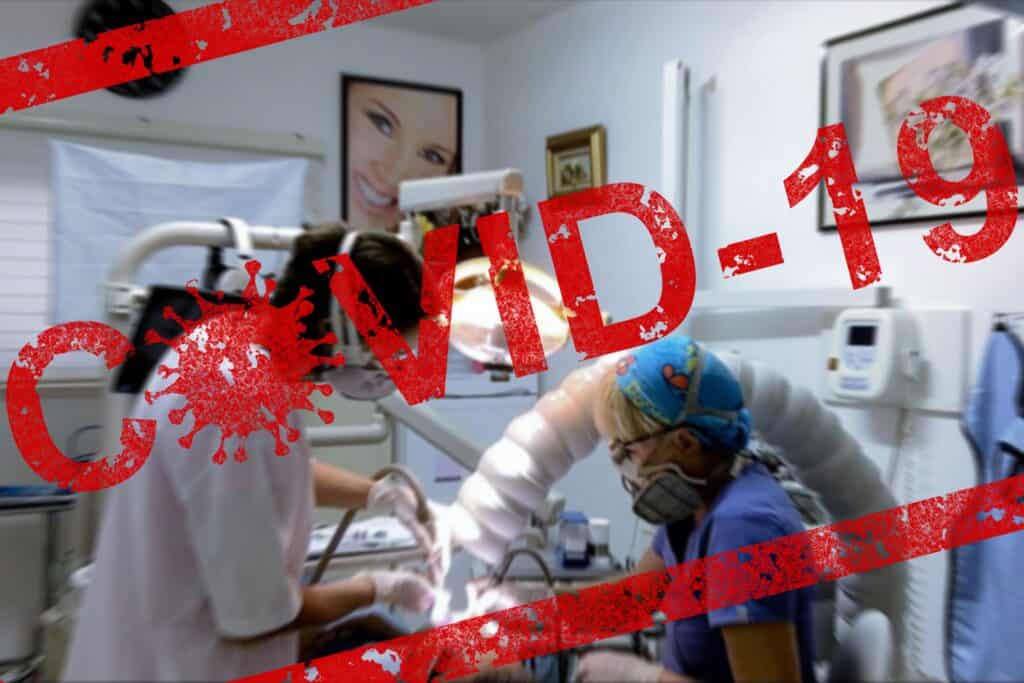Will An Air Purifier or Cleaner Help Protect Me from COVID?

When used properly, these devices can reduce airborne contaminants including viruses in a home or confined space. However, by itself a portable air cleaner is not enough to FULLY protect people from COVID-19. When used along with other best practices recommended by medical and infectious disease experts, using such an appliance can be part of […]